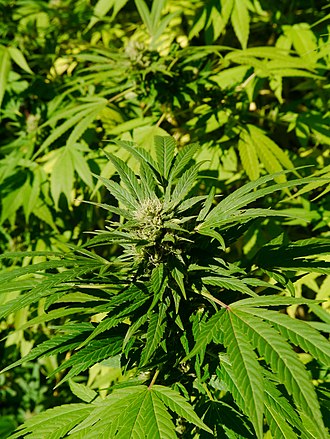Raman spectroscopy sorts male hemp plants from females

It turns out that growers of medicinal cannabis and those catering for a more recreational market love females but hate males. Gender bias is certainly in the news today but horticulturalists have long known that female hemp plants have higher levels of pharmacologically active compounds than male plants. The difference in yield between the sexes […]